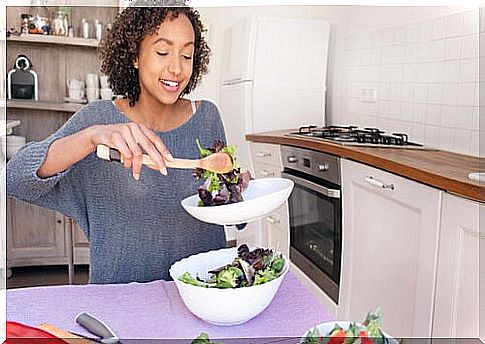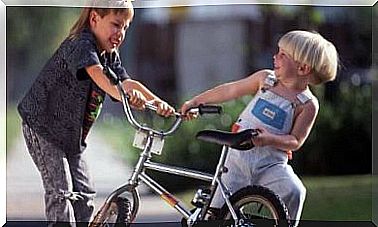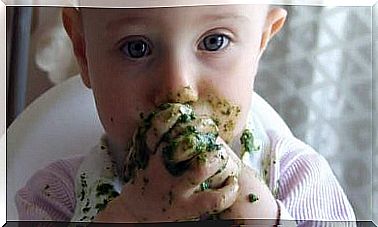I Have A Vegan Teenage Son: What Do I Do?

Do you know that the tendency to follow a vegetarian diet has increased among the youngest? Although we do not have data regarding the figures on the vegan adolescent, as a whole, they represent 0.2% of the entire Spanish population.
Veganism is a lifestyle based on the rejection of any product of animal origin, including clothing and shoes, and that has been tested on animals. Specifically, a vegan diet is one that includes only plant foods. Therefore, you may have doubts.
Don’t worry though, as in 2016 the American Nutrition Association (AND) positioned itself in favor of vegetarian diets throughout life. The conclusion was the following:
Even the Spanish Association of Pediatrics agrees with the AND.
I have a vegan teenage son: what do I do?
First of all, listen to your child and be understanding. Second, the main reasons why your child has made the leap to veganism are awareness about exploitation and animal abuse, as well as the environmental impact generated by the production and consumption of food.
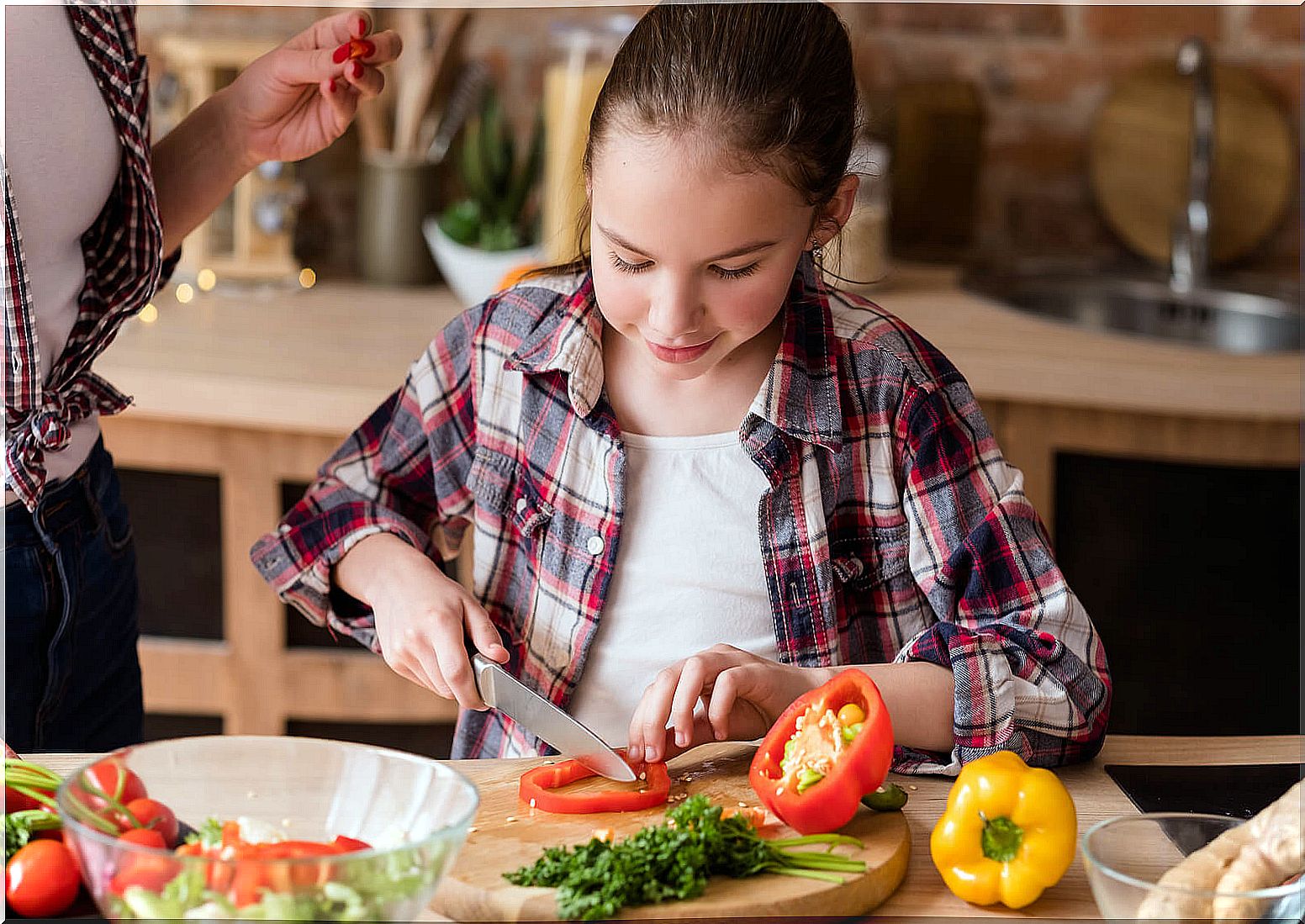
How to help your child plan his balanced vegan diet?
One of the premises for your child to incorporate proteins in their day to day is to include legumes daily, both at lunch and dinner. And it’s not just about eating them whole, but derivatives are also available in stores, such as tofu, tempeh, textured soybeans, and seitan. They are a good option to fill the sandwiches. The recommended amounts of each food are
- 200-250 g of cooked legumes (half a plate or a full plate).
- 125g of tofu or tempeh (the size of your palm).
- 80-100 g of hydrated textured soybeans (approximately half a glass).
In addition, greens and vegetables must also be consumed daily in all main meals. It is recommended to reach 400 g as a minimum.
Regarding cereals, they complement legumes because they both lack an amino acid, although it is not necessary to incorporate them in the same meal. Think that, as you eat, they are stored until reaching the deposit limits.
Try, as far as possible, that they are comprehensive. In addition, there are other options for rice, pasta, bread and potatoes, such as quinoa, millet, bulgur, sweet potato, oats …
Finally, healthy fats must be present to cook, dress and complete meals with virgin olive oil, avocado, olives, nuts and seeds.
Dairy substitutes
As an alternative to dairy products, vegetable drinks and yogurts made with soy, cereals (rice and oats), seeds and nuts have emerged. Among the many options, the one that is most similar to milk in terms of nutrients is soy.
When choosing one, make sure that it does not have added sugars in the list of ingredients and, if they are enriched in calcium and vitamin D, much better. The rest will depend on the tastes of your child, since the taste is different.
Vegan alternatives; they are healthy?
No, since the quality of the ingredients is very low. They usually add sunflower oil, potato starch and flour. It would be the case of cold cuts and sausages. However, some companies have stepped up and released acceptable products. In addition, despite the fact that there are sweets and pastries made with vegetable ingredients, they are still for occasional consumption.
Frequent doubts about veganism in adolescents
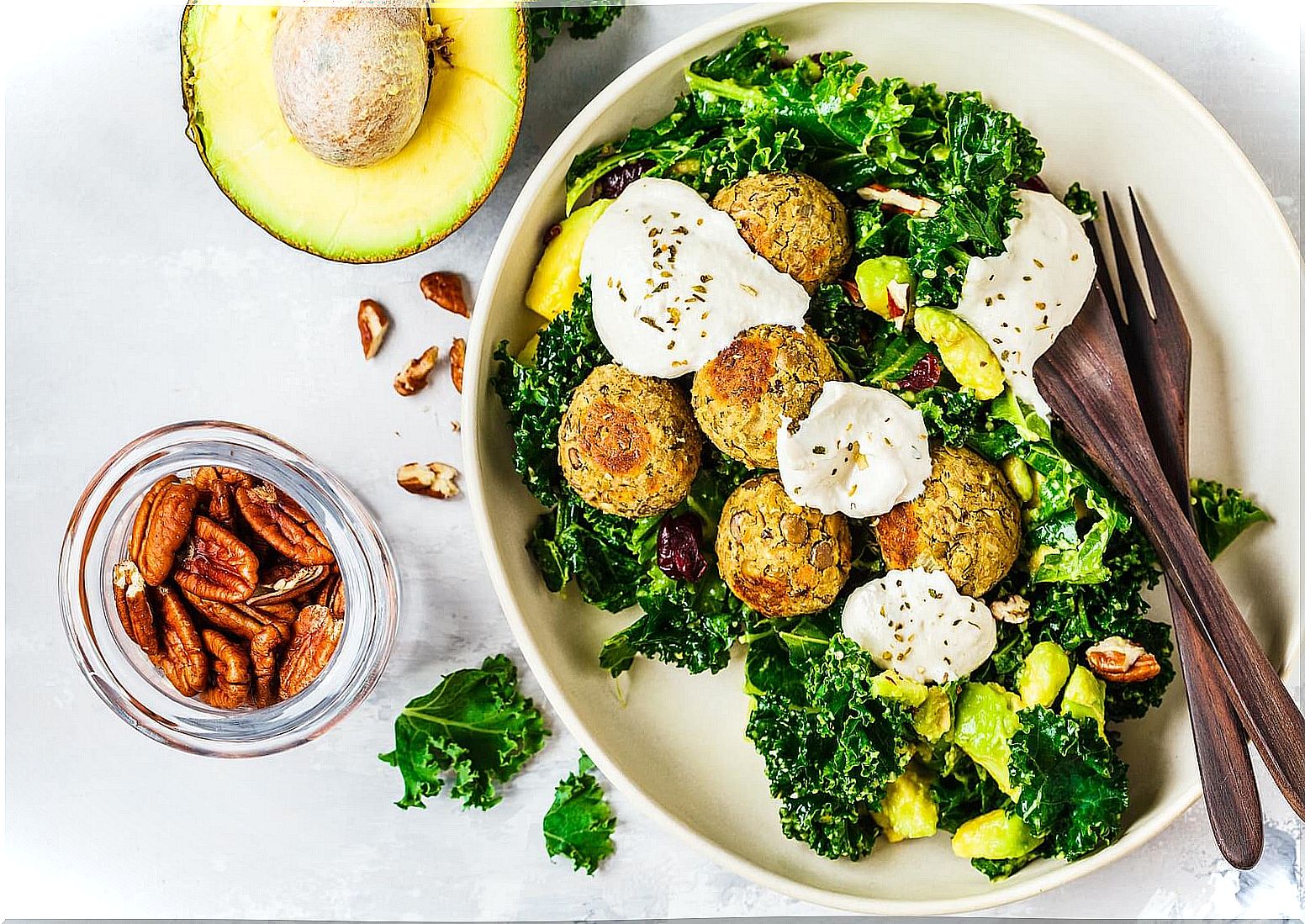
B12, everything you need to know to supplement your vegan teenager

First of all, vitamin B12 is water soluble and is only found in foods of animal origin, despite the fact that it is obtained by bacterial synthesis. Its function is to facilitate the synthesis of red blood cells, so its deficit produces megaloblastic anemia and intervenes in the formation of myelin, which facilitates the transmission of the nerve impulse. It is also responsible for metabolizing homocysteine, since it acts as an enzymatic cofactor.
That said, a deficiency in this vitamin causes neurological damage, such as memory loss, lack of coordination, and paresthesia. Therefore, all people who follow a vegan diet have to supplement with 2000 µg per week of cyanocobalamin. It can be purchased in health food stores and online.
In addition, it is important to monitor the levels through a blood test at least once a year. However, B12 as such is not reliable, since the analogs of the active form are not distinguished. They have a similar structure but have no functionality.
In addition, they are usually found in plant foods such as mushrooms and spirulina algae, which can distort the results by eating them. It also does not indicate the stores of the carrier protein.
So what parameters do you have to look at? Homocysteine and methylmalonic acid, since they accumulate in the body when there is a deficit of B12.
If my vegan teen doesn’t eat dairy, where is he going to get his calcium?
This is the biggest concern when following a vegan diet, since it has always been said that dairy is the only source of calcium. However, there are plant foods whose calcium content is similar or higher.
It is found in crucifers (cabbage, cauliflower, broccoli, Brussels sprouts, etc.), white beans, almonds, sesame seeds, and tofu made with calcium salts. We have even commented that vegetable drinks are enriched in this mineral.
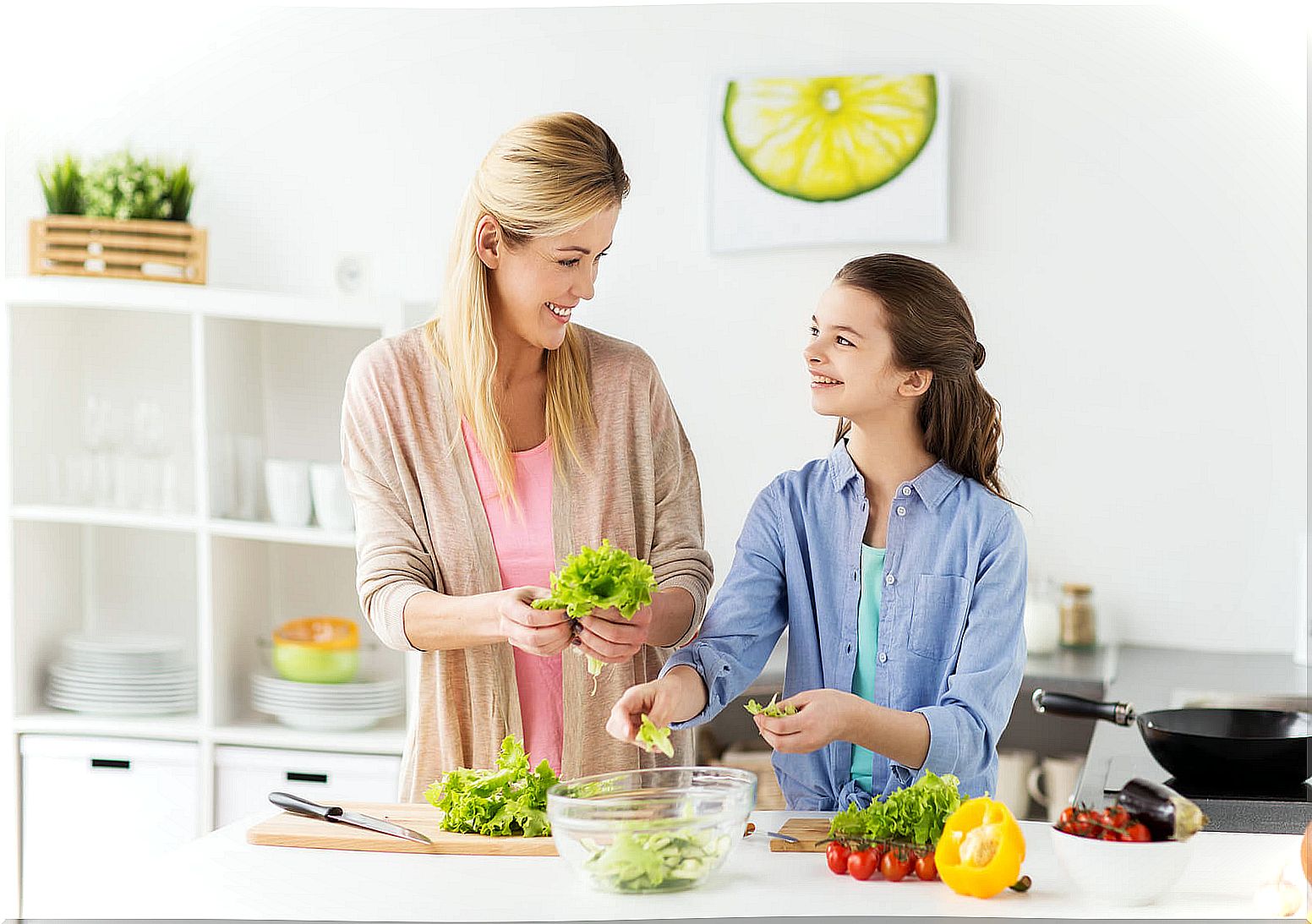
Another aspect to take into account is that the content of phytates and oxalates reduces the absorption of calcium, so it is necessary to deactivate it. How? Using culinary techniques such as soaking, roasting, sprouting, fermenting, and cooking for a long time.
Iron deficiency anemia in my vegan teenager: how can I prevent it?
Another of the most frequent doubts is about the risk of anemia, since vegetable iron is absorbed less than that of meat or mussels. However, the prevalence is similar to that in people whose diet is omnivorous. The reason is that the body, due to the decrease in iron intake, increases its absorption.
